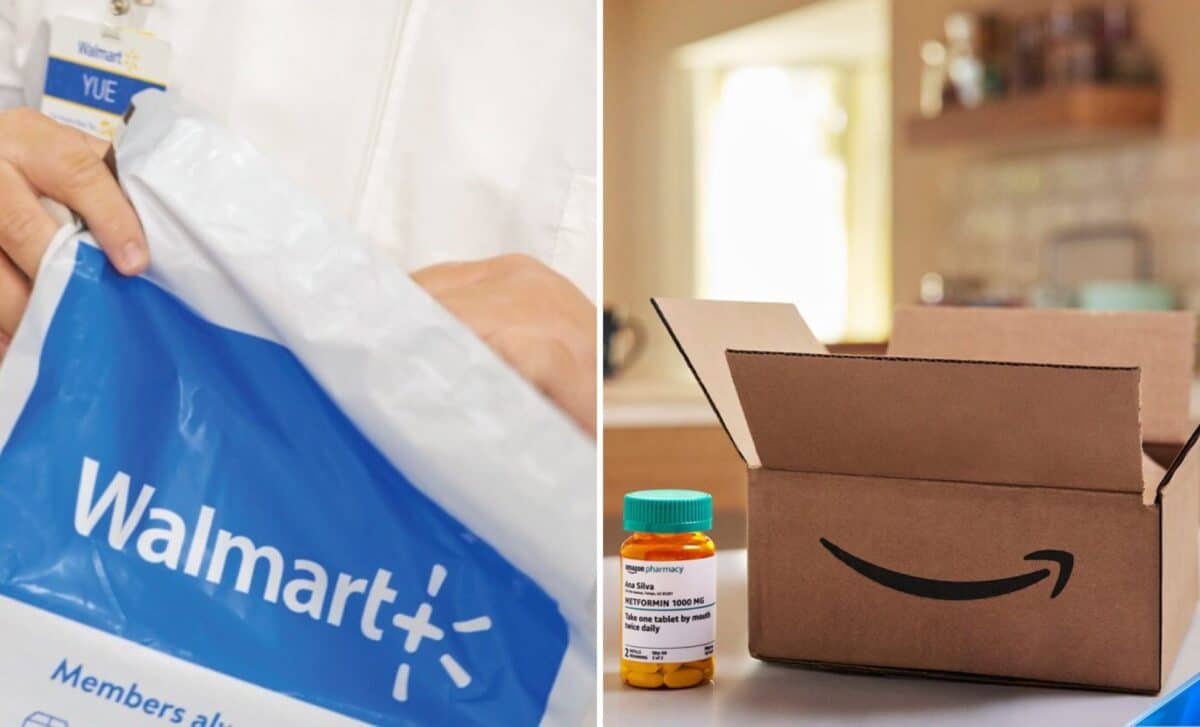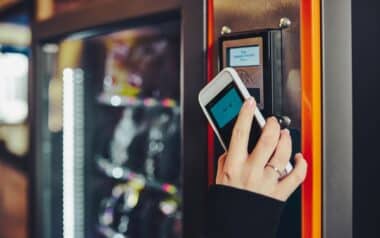Two of the biggest retailers in America, Amazon and Walmart, are stepping up their attempts to offer same-day prescription deliveries as the demand for convenience keeps growing. This increasing trend is in line with the COVID-19 pandemic-era spike in demand for speedier delivery services, which is still going strong today.
While same-day prescription services have been available through independent drugstores for some time, the expansion of these offerings by major retailers indicates a significant shift in the delivery of pharmaceutical services.
This development is occurring at a time when telemedicine and subscription-based care are becoming more widely used, potentially changing the way consumers access their medications. However, this rapid expansion raises questions about the long-term sustainability and impact of such services on the U.S. healthcare system.
Amazon’s Nationwide Push for Prescription Delivery
Amazon is taking significant steps to expand its prescription delivery network across the United States. According to the company, it plans to offer same-day prescription deliveries to nearly half of its U.S. customers by the end of 2025.
To achieve this, Amazon is building more infrastructure, including adding 20 small pharmacies to its distribution centres nationwide and opening 10 prescription processing centres. The company’s focus is to make the pharmacy service as accessible and efficient as possible, ensuring that customers have round-the-clock access to pharmacists.
Amazon’s pharmacy vice president, Hannah McClellan, highlighted that the company is working towards creating a “pharmacy in your pocket”, allowing customers to quickly receive their prescriptions, especially when dealing with urgent health concerns.
The convenience of same-day delivery could revolutionise how people access medications, with faster deliveries enabling quicker treatment and improved medication adherence.
Walmart Joins the Race for Faster Deliveries
Walmart has also been expanding its same-day delivery service for prescriptions, which was first launched earlier this year. The retailer now offers the service across all states except North Dakota, where it has no pharmacies.
Walmart’s senior vice president of pharmacy, Kevin Host, noted that the demand for prescription delivery surged in surveys, with customers requesting the service more than any other. In response, the company has ramped up its services, offering delivery windows as short as 30 minutes for some prescriptions.
The integration of prescription deliveries with other store items, such as groceries, further elevates the convenience factor. Walmart’s push reflects the company’s broader strategy to enhance customer satisfaction by offering more integrated services. However, the expansion of this service is not without challenges.
For example, logistical challenges around timely deliveries and ensuring that prescriptions are reliably delivered could complicate the experience for customers.
It remains to be seen how these delivery services will integrate with traditional pharmacy models as they grow in popularity and whether they can meet consumer expectations for both convenience and reliability
Arielle Trzcinski, a Forrester analyst, noted that although there is a strong desire for quicker deliveries, many people are still reluctant to alter long-standing healthcare practices, particularly with regard to the accessibility and cost of medications.









